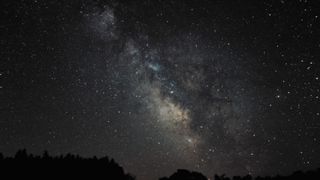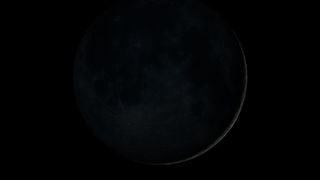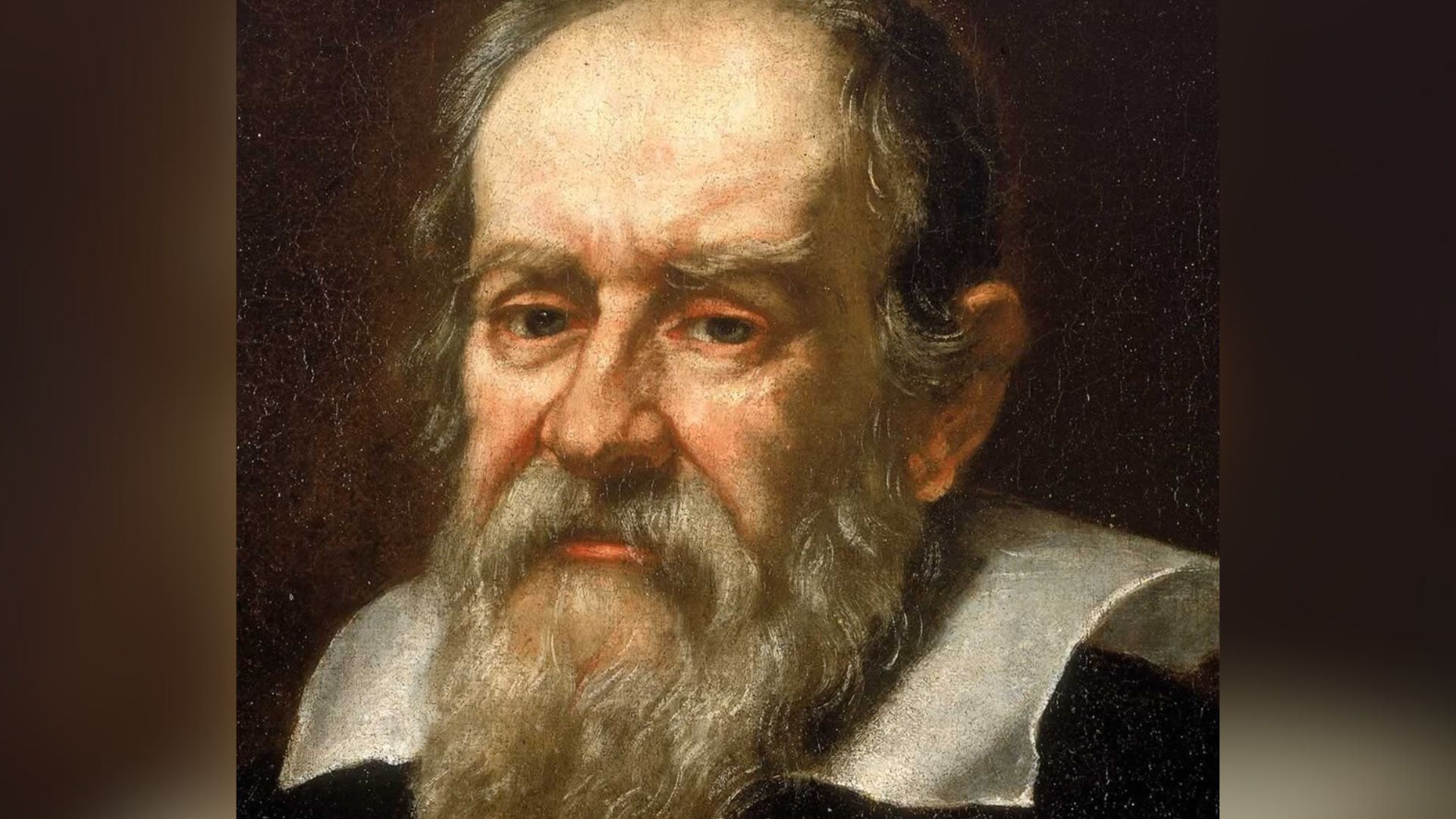Joe Rao is Space.com's skywatching columnist, as well as a veteran meteorologist and eclipse chaser who also serves as an instructor and guest lecturer at New York's Hayden Planetarium. He writes about astronomy for Natural History magazine, Sky & Telescope and other publications. Joe is an 8-time Emmy-nominated meteorologist who served the Putnam Valley region of New York for over 21 years. You can find him on Twitter and YouTube tracking lunar and solar eclipses, meteor showers and more. To find out Joe's latest project, visit him on Twitter.
Latest articles by Joe Rao
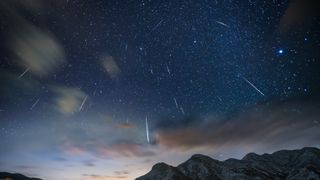
December's overlooked meteor shower peaks next week — will the Ursids surprise us?
By Joe Rao published
December's faint Ursid meteor shower returns under dark skies, offering a small chance of unexpected activity.
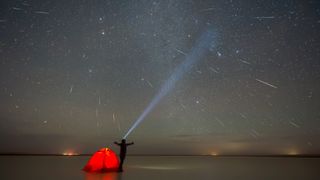
Geminid meteor shower forecast: Will skies be clear across the US on Dec. 13–14?
By Joe Rao published
The Geminid meteor shower peaks Dec. 13–14, and the U.S. weather forecast will play a key role in what you'll see.
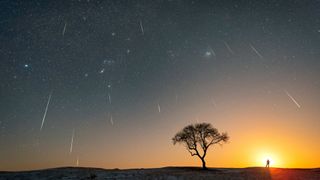
Geminid meteor shower 2025 peaks next week. Here's what you need to know about this year's best meteor shower
By Joe Rao published
The Geminids return with near-perfect viewing conditions, offering skywatchers up to 150 meteors an hour under dark December skies.

Mercury is hard to spot, but you can catch it in the morning sky this month
By Joe Rao published
If you've never sighted this rocky little world for yourself, you'll never get a better opportunity than right now to see it.
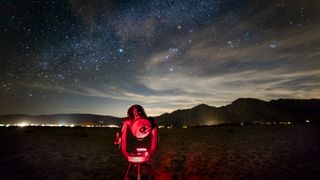
The brightest planets in December's night sky: How to see them (and when)
By Joe Rao last updated
Reference Where are the bright naked-eye planets in December 2025 and when are the best times to view them?

Thanksgiving night sky 2025: Moon, Saturn and autumn stars put on a post-turkey show
By Joe Rao published
Enjoy a post-dinner stargazing session as the first-quarter moon, Saturn and the season's brightest stars light up the Thanksgiving night sky.
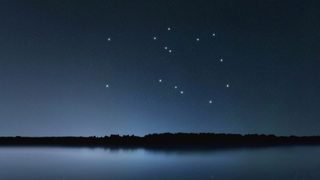
See the famous winged horse Pegasus fly in the autumn night sky
By Joe Rao published
A few hours after darkness falls during November, the unquestioned landmark of the autumn night sky occupies a commanding position high in the south: the flying horse Pegasus.

The Leonid meteor shower peaks next week. Here's what to expect
By Joe Rao published
For North America, the best time to look will be before dawn on Tuesday, Nov. 18.
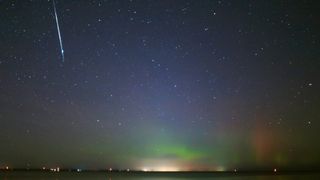
The Taurid meteor shower could put on its best show this week — keep your eyes peeled for fireballs
By Joe Rao published
There is still time to look out for Taurid meteors lighting up November nights.
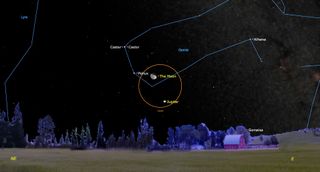
Don't miss Jupiter and the moon join up in the night sky this weekend
By Joe Rao published
Jupiter again teams up with the moon late Sunday night to put on an eye-catching show directly between Jupiter and the bright star Pollux, Gemini's brightest star.
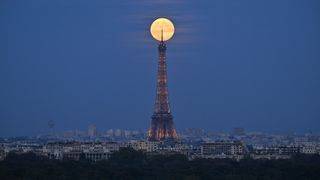
Don't miss the biggest full moon of the year rise on Nov. 5 — Here's what to expect
By Joe Rao published
The November full moon will be the closest and brightest full moon of the year.
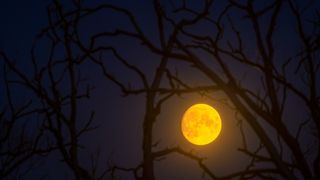
Halloween stargazing 2025: The moon and Saturn light the night sky for trick-or-treaters
By Joe Rao published
A waxing gibbous moon and the ringed planet Saturn will enlighten our sky for treat-or-treaters this Halloween.
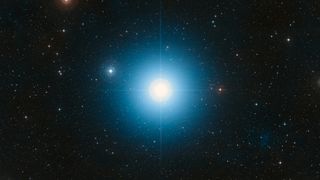
Fomalhaut, the 'solitary' star, announces the arrival of autumn in the night sky. Here's how to see it
By Joe Rao published
If there is one star that serves to announce the arrival of fall as the leaves have begun to turn, unquestionably that title would have to go to Fomalhaut.
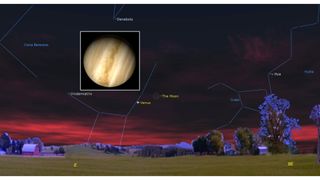
The moon and Venus take a morning stroll through the sky on Oct. 19
By Joe Rao published
Watch this stunning pairing in the pre-dawn sky.
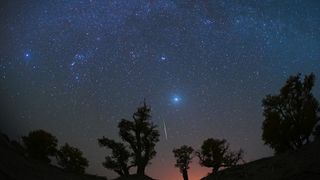
The Orionid meteor shower peaks under dark, moonless skies next week. Here's how to see it
By Joe Rao published
One of the more reliable annual meteor showers, the Orionids, peaks during a new moon, making 2025 an excellent year to watch for shooting stars in the autumn sky.
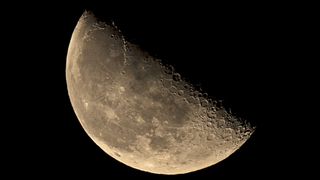
The moon cozies up to Jupiter tonight. Here's how to see it
By Joe Rao last updated
Two bright wanderers share the autumn sky as Jupiter rises beside the half moon.
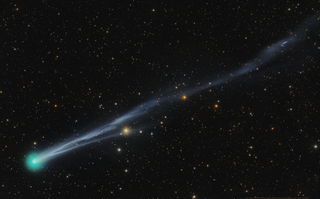
New comet Lemmon could shine bright enough to be seen with the naked eye this October
By Joe Rao published
This newly discovered comet could soon glow bright enough for the naked eye as it sweeps through October's morning and evening skies.
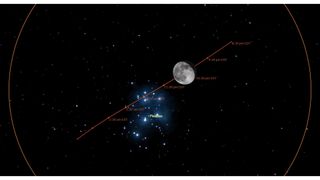
The moon meets up with the Seven Sisters tonight. Here's how to see it
By Joe Rao published
On the evening of Oct. 9, a waning gibbous moon visits the famous Pleiades Star Cluster — the Seven Sisters — in the Taurus constellation.
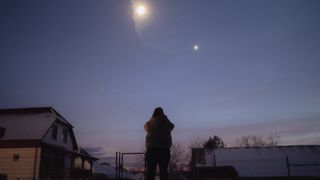
See the moon and Saturn put on a sky show together on Oct. 5
By Joe Rao published
Look up Oct. 5: the nearly Harvest Moon will guide you to Saturn, where a telescope reveals its famous rings — even if they're just a thin line for now.
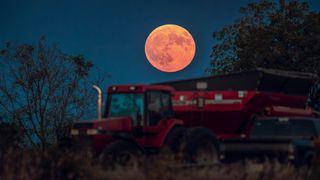
Why 2025's Harvest Moon is a rare October full moon
By Joe Rao published
The 2025 Harvest Moon won't shine in September; instead, October claims the title. Here's why it happens and when to see it.
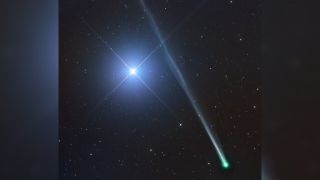
Could new comet C/2025 R2 (SWAN) become visible to the naked eye in October? Here's what we know
By Joe Rao published
Newly discovered comet C/2025 R2 (SWAN) will soon be gracing our evening sky. Here's how to see it and what to expect.
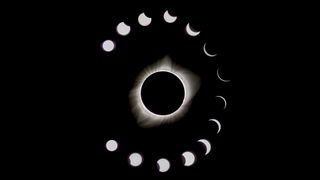
What is a solar eclipse?
By Daisy Dobrijevic last updated
Reference A solar eclipse occurs when the moon positions itself between Earth and the sun, casting a shadow over Earth. We explore the type of solar eclipses here.
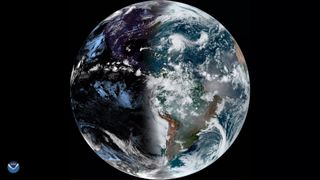
Autumnal equinox 2025 brings fall to the Northern Hemisphere on Sept. 22
By Joe Rao published
The autumn equinox brings fall to the Northern Hemisphere today when the sun passes over our planet's equator at noon.
Breaking space news, the latest updates on rocket launches, skywatching events and more!

